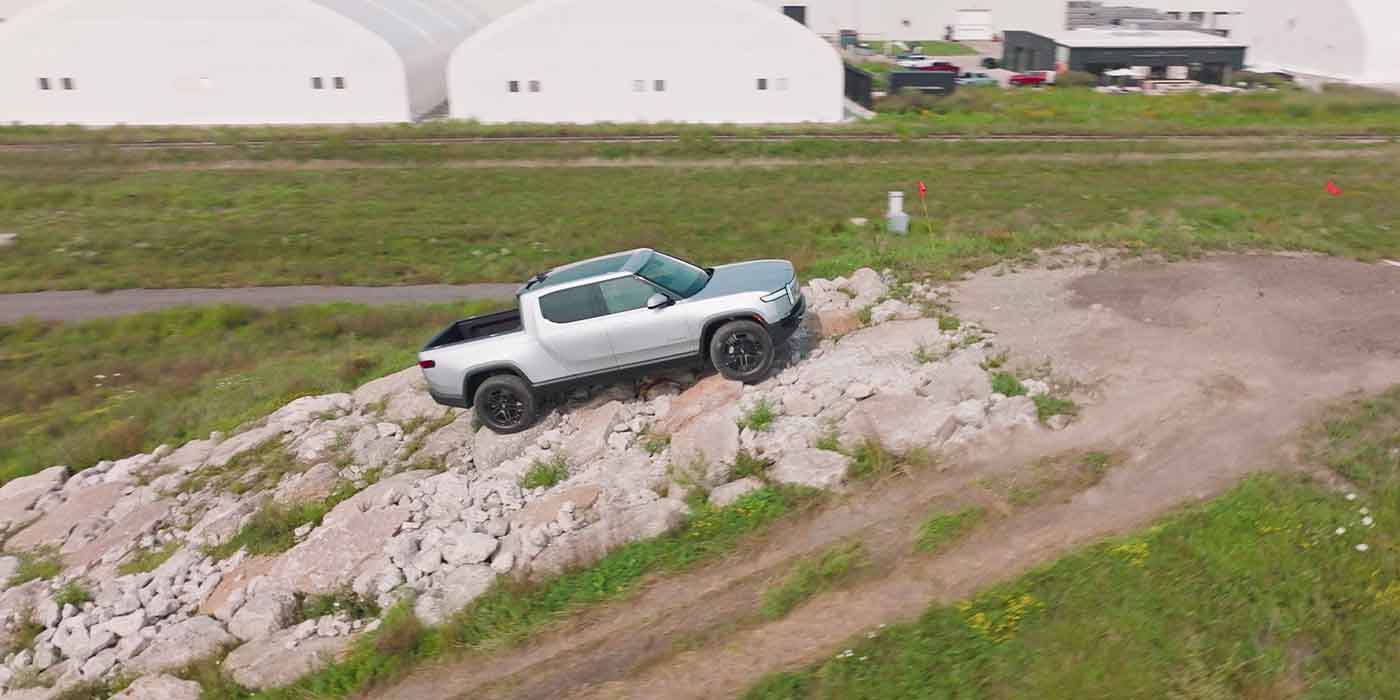
Since Rivian began R1T pickup production in 2021, I’ve been trying to get behind the doors of its facility in my native Illinois and only managed to get arrested for trespassing once (kidding). Last week, I finally got a chance to tour the revamped EV plant and test drive the new Dual-Motor R1 vehicles featuring Rivian’s new Enduro drive unit and I’ve gotta say – it begs the question, “Do you really need the Quad-Motor?”
The R1T pickup kicked off Rivian’s official venture into passenger vehicles before being joined by an SUV sibling called the R1S. Combined with the Amazon EDV and Rivian Service Van (RSV), the young American EV automaker has plenty to keep its assembly lines humming.
After some growing pains, Rivian appears to have finally hit its stride in Normal, Illinois with the help of its Enduro drive unit – designed and engineered in house specifically for Dual-Motor Vehicles. Enduro consists of a 3-in-1 fully-integrated system of rotor, stator, and inverter all-in-one housing (see explosion image below). It also has a dynamic disconnect feature within the drive unit that can automatically switch to Single-Motor mode to maximize range.
By May, we were reporting that Enduro had begun being implemented in R1T and R1S Dual-Motor reservations. Because Rivian outsourced its motors for the Quad configurations from Bosch, which rolled out to customer first, the Dual-Motor came with a lot of hype because of its lower cost and the automaker’s promise it “does everything for most customers.” I won’t disagree.
Rivian began inviting customers to begin ordering the Dual-Motor configuration in July, and last week, we got the invite to take a Dual-Motor R1T out on the the automaker’s First Mile Adventure Test Track (see map below) to test out its speed on the road and its capabilities on rough terrain.
Rivian’s Dual-Motor R1 EVs sacrifice very little
Rivian is onto something with the Dual-Motor options powered by Enduro, and it knows it. Before I took my full tour of the Normal facility, Rivian founder and CEO RJ Scaringe spoke to our group about some of the technology we would see and experience during our visit, including the Dual-Motors.
When we got to Rivian’s delivery experience center, when reservations can visit in Normal and pick up their EV in person, I was the lucky first to go out on the track. The trip was short and simple – two laps around the loop, then a trip around the adventure path complete with rough road, a dry creek bed, two tilted turns and a pretty intimidating uphill climb.
The first pass was decent, I took the turn a bit timid but then saw the 70 mph signs on the straightaway and opened it up – what a rush. 0-60 mph in 3.5 seconds (Performance OTA upgrade) is quite impressive for an EV on this size, but I immediately got comfortable and hit the second turn quite a bit faster with zero issues of not keeping the shiny side upright.
Once I got to the second straightaway, it was time for a complete stop and a launch. I was not disappointed. The higher gear ratio in the rear motor (13.7:1) compared to 11:1 up front helped distribute torque continuously yet biased rearward for better performance.
When it came to the adventure park, I am not the most seasoned off-roader, but I’d imagine most Rivian customers aren’t. Switching drive modes into All-Terrain mode, the R1T took everything I threw at it. I even got an A+ rating on my hill climb skills. Here’s what it looks like from the bottom:
… and here’s a video of one of the Dual-Motors coming down the other side of the hill after the climb.
Top comment by FC
Quad motor really is unnecessary. A dual motor AWD EV with an active rear differential will accomplish 99.9999% as much as a quad motor with less weight and complexity.
If they really wanted to make it even more competent, adding an active front differential would allow full torque distribution to each wheel. Only in limited occasions would that be necessary. Tires make more of a difference off-road than having 4 motors.
For comparison, I then got to take the same route in a Quad-Motor R1T. To be honest, the acceleration was indeed slightly better, but I’d argue it would not be noticeable to the average consumer. The Quad version also handled the terrain better, especially the hill climb since it can rely on motors in each wheel to propel forward instead of the brakes like in the Dual-Motor.
Still, unless you’re attempting to scale Rubicon, the Dual-Motor Rivians should do just fine for you. At the end of the day, I think most people are going to gravitate toward the Dual-Motor option and Rivian knows it. I think everyone wins. Consumers save money and still get the performance they want plus the range desire depending on what battery pack they choose, and Rivian sells more cars. It has plenty of space to scale in Normal, not to mention that giant new planty being erected in Georgia.
I think the Quad-Motor R1 EVs will go to those truly into off-roading and carving their own path in the outdoors, that’s the only reason you’d really need a motor in each wheel in my opinion. I think we’ll also see people springing for the Quad-Motor simply since its top of the line and enables bragging rights. Nothing wrong with that if you’ve got the extra cheddar, I just don’t think that way personally – the Dual Motor feels like the sweet spot now that I’ve driven both.
Enduro was exciting to learn about as well, especially since it’s essentially the heart of Rivian’s future platforms that will power the R2 models in a few years.
FTC: We use income earning auto affiliate links. More.
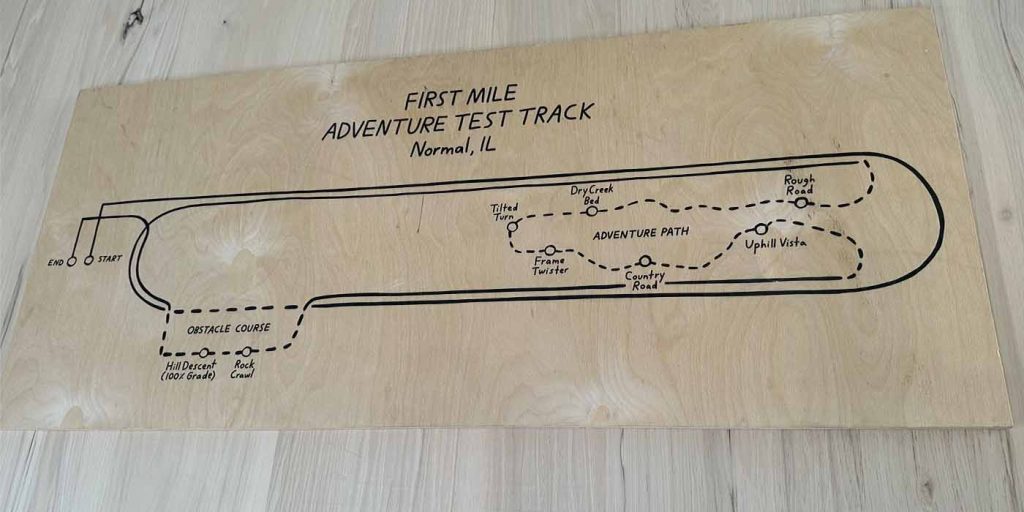
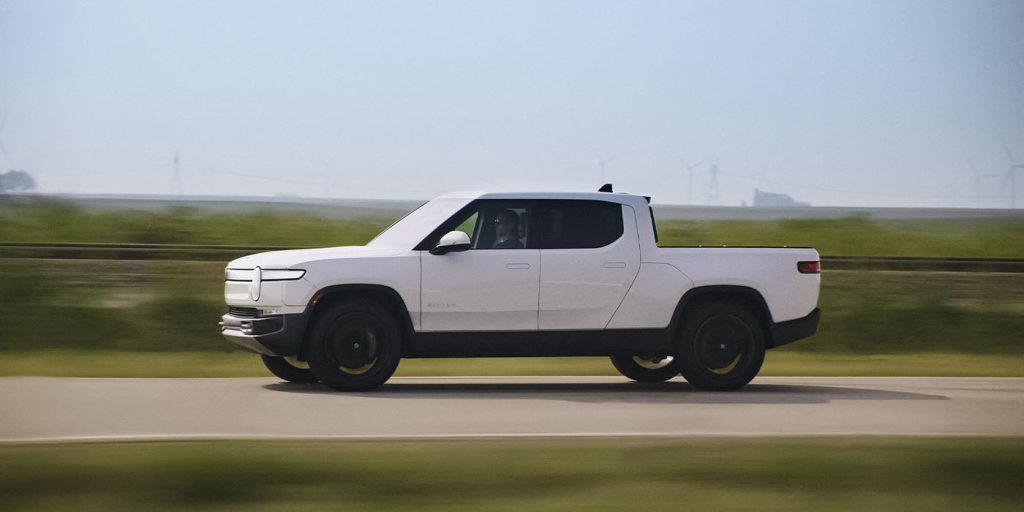
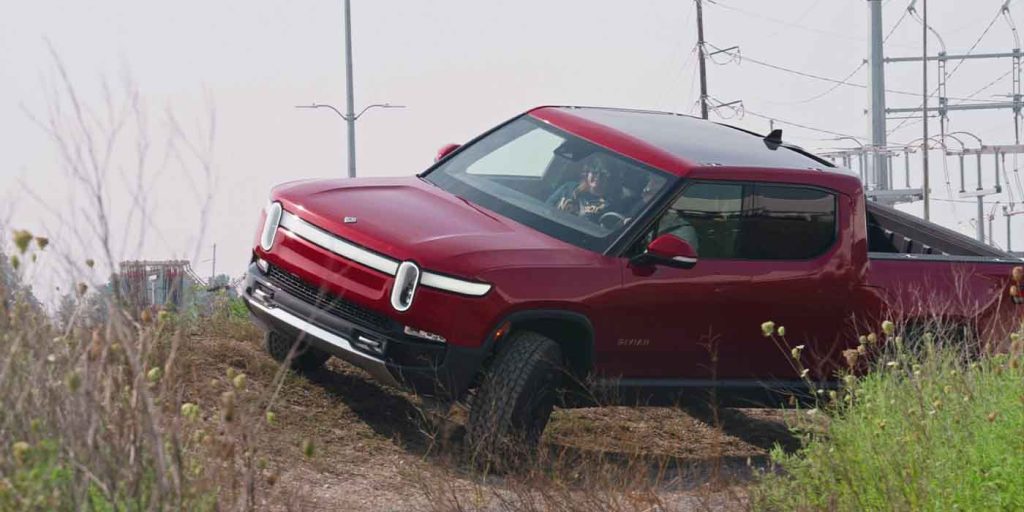
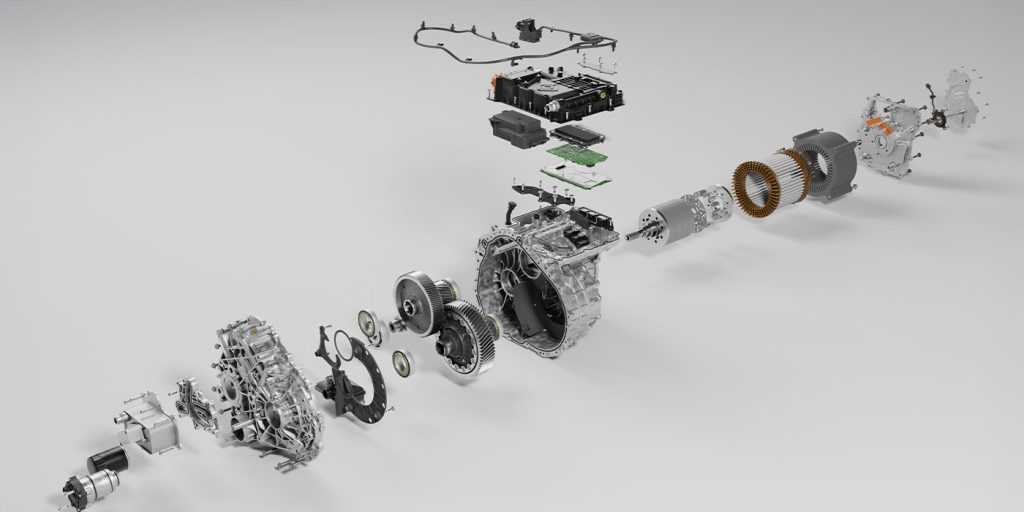




Comments